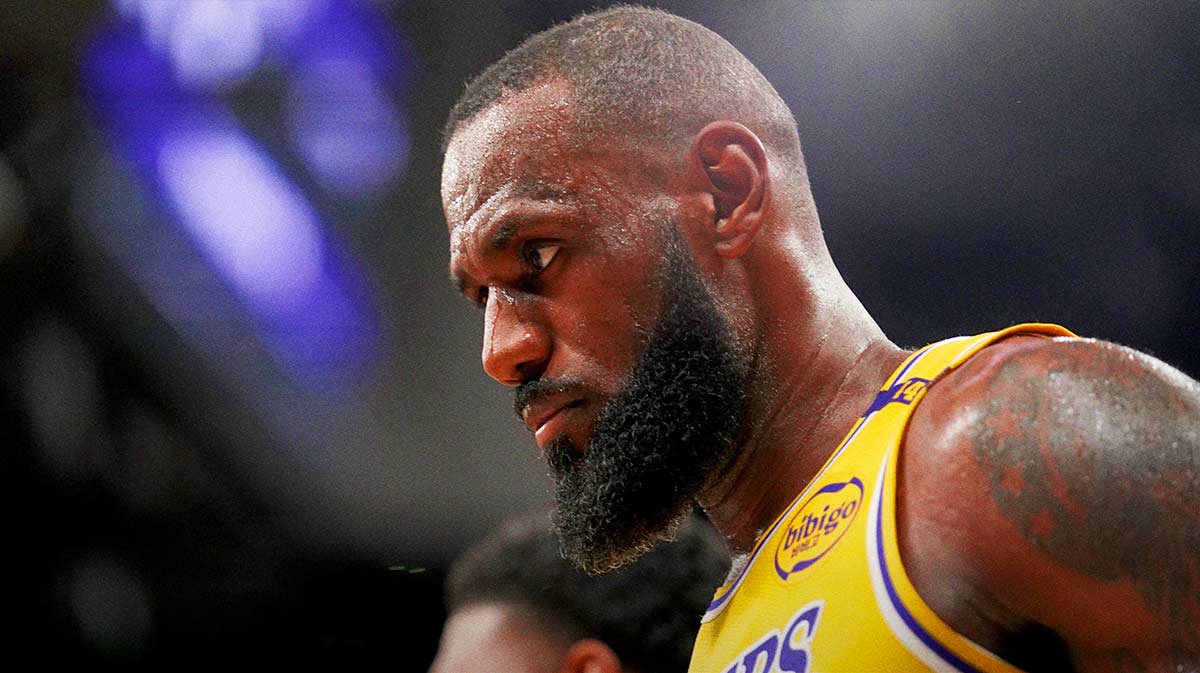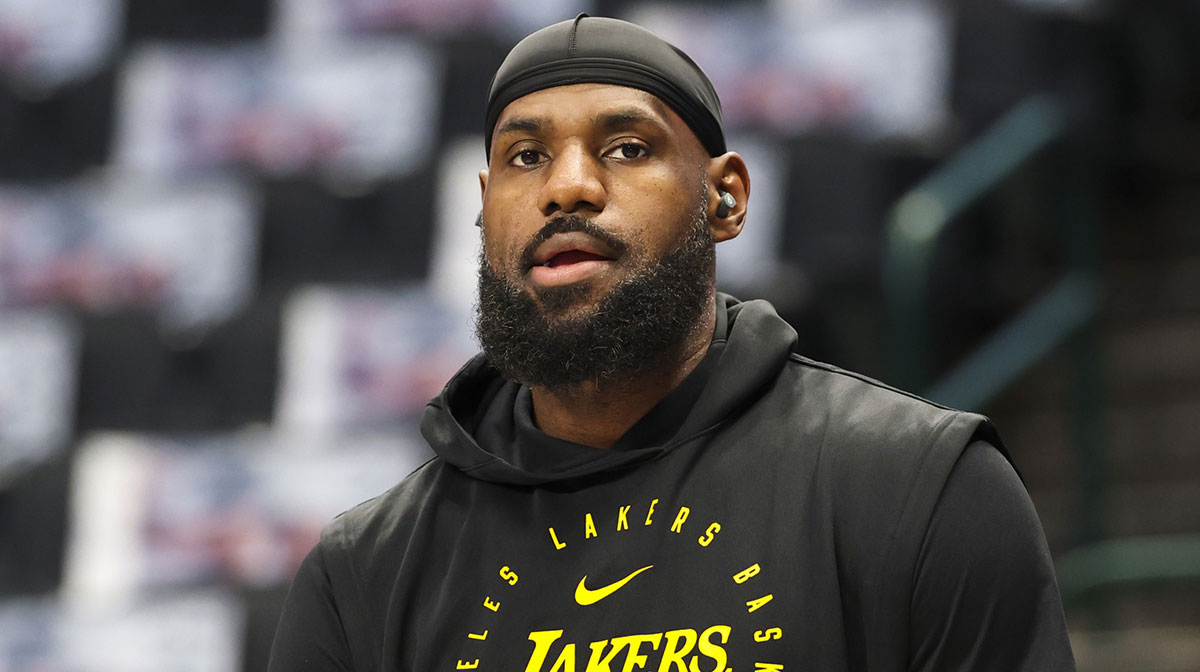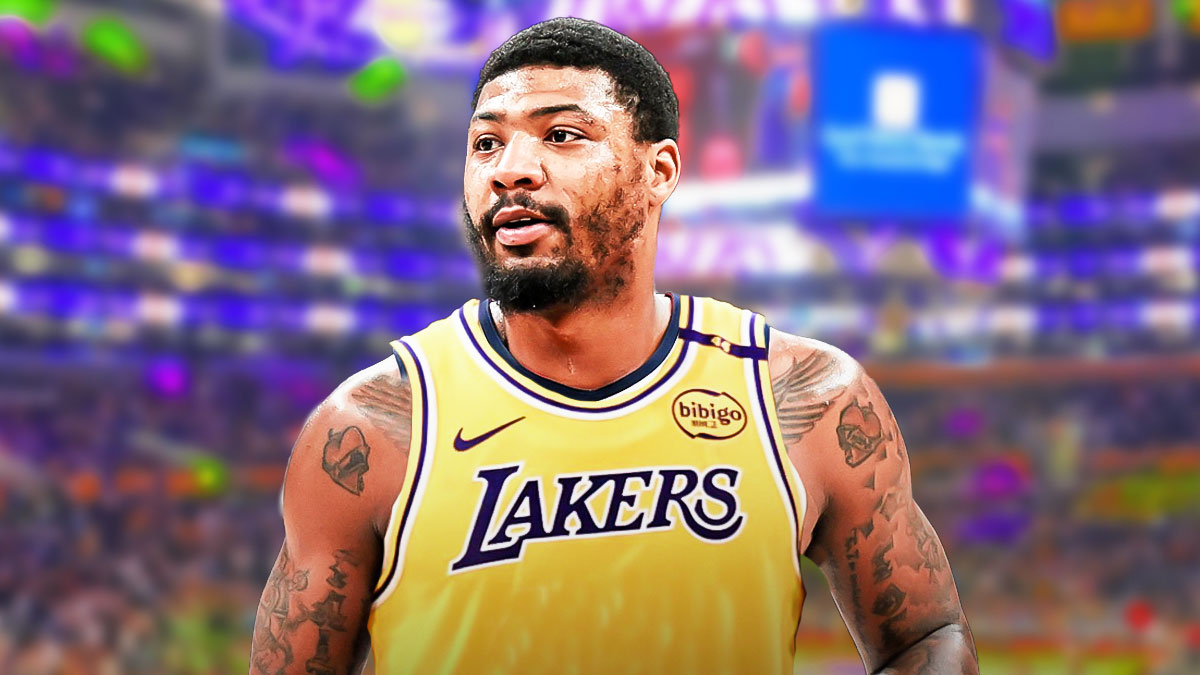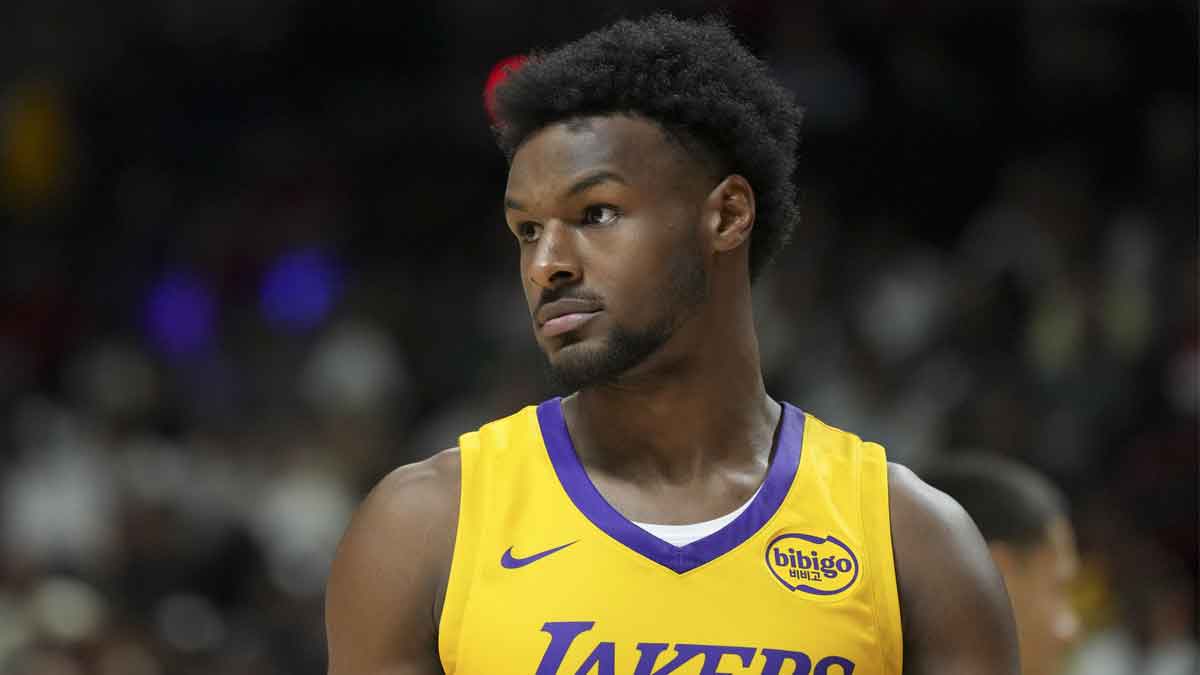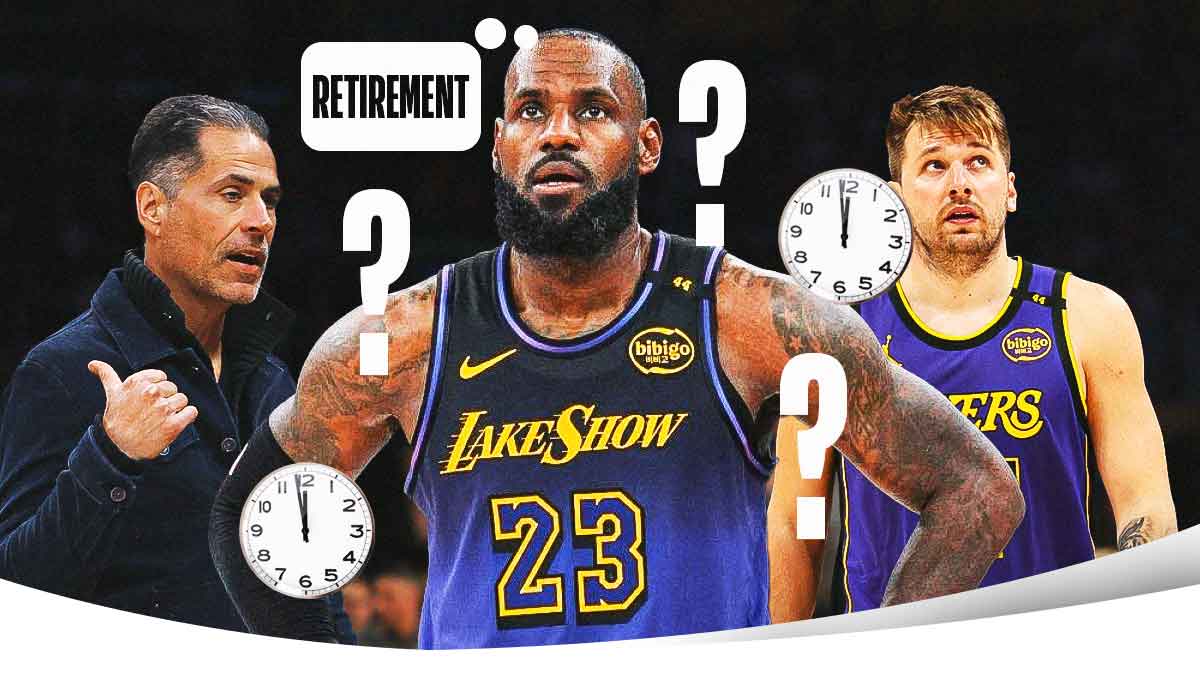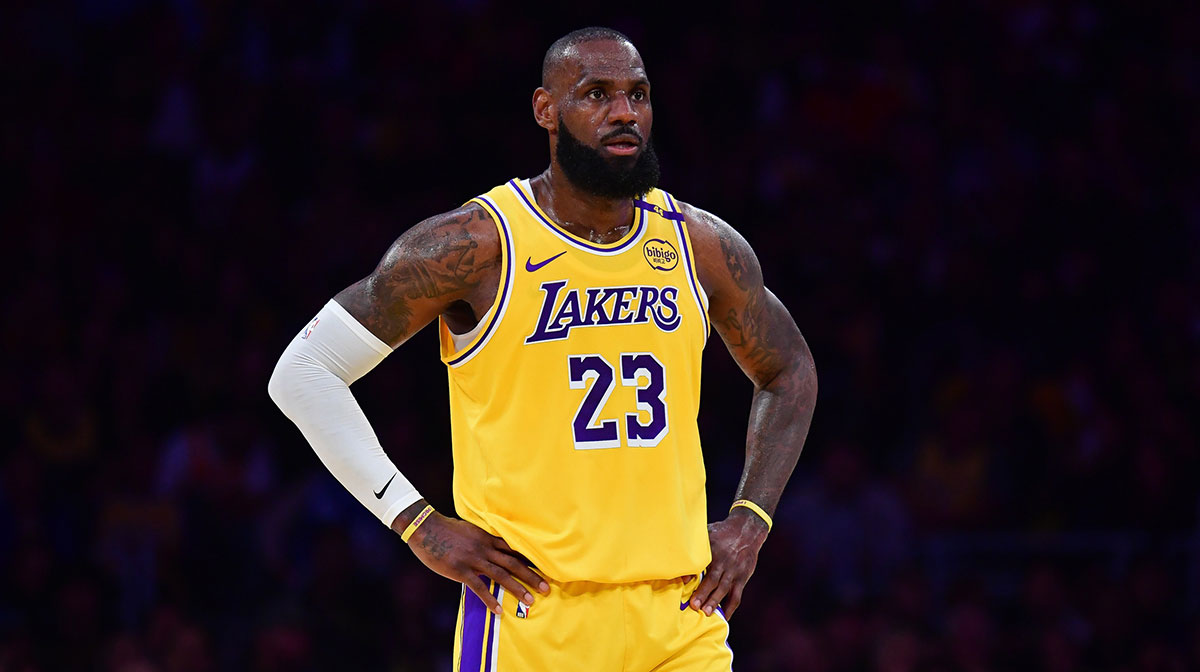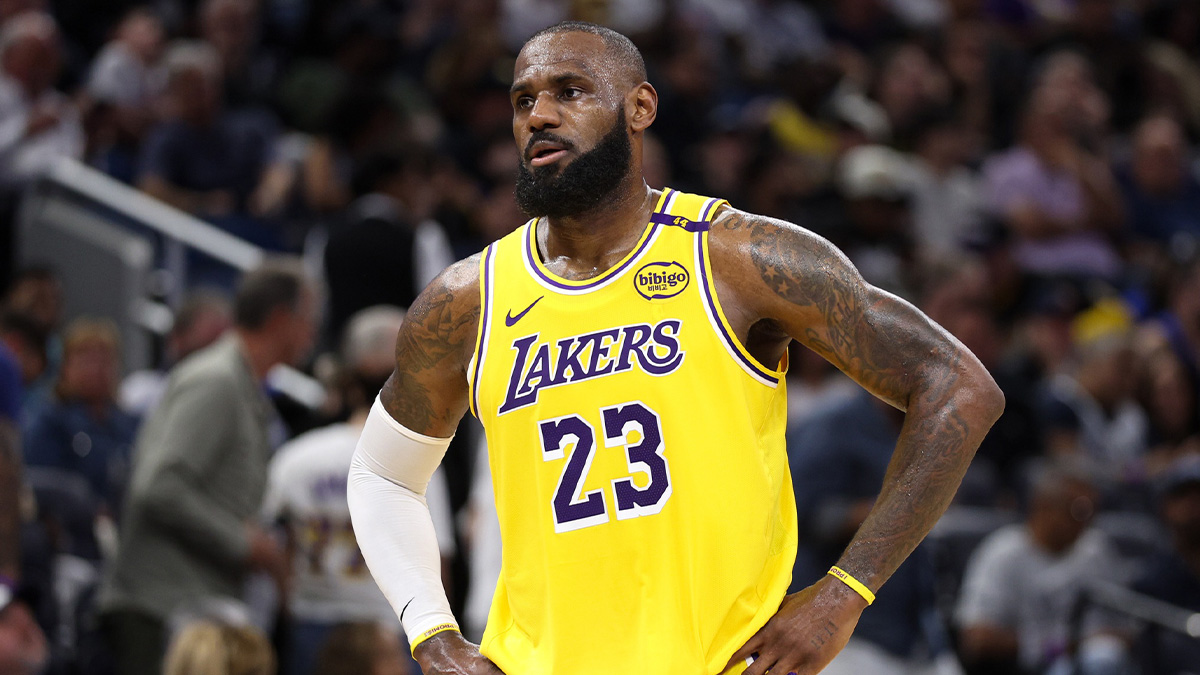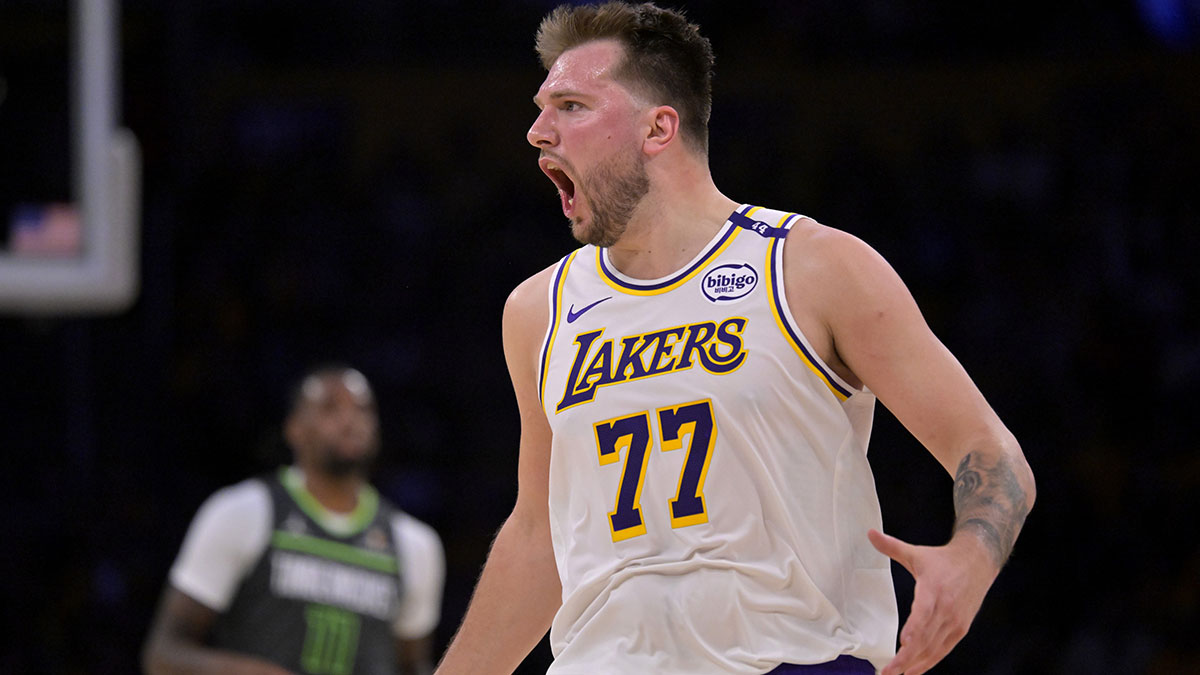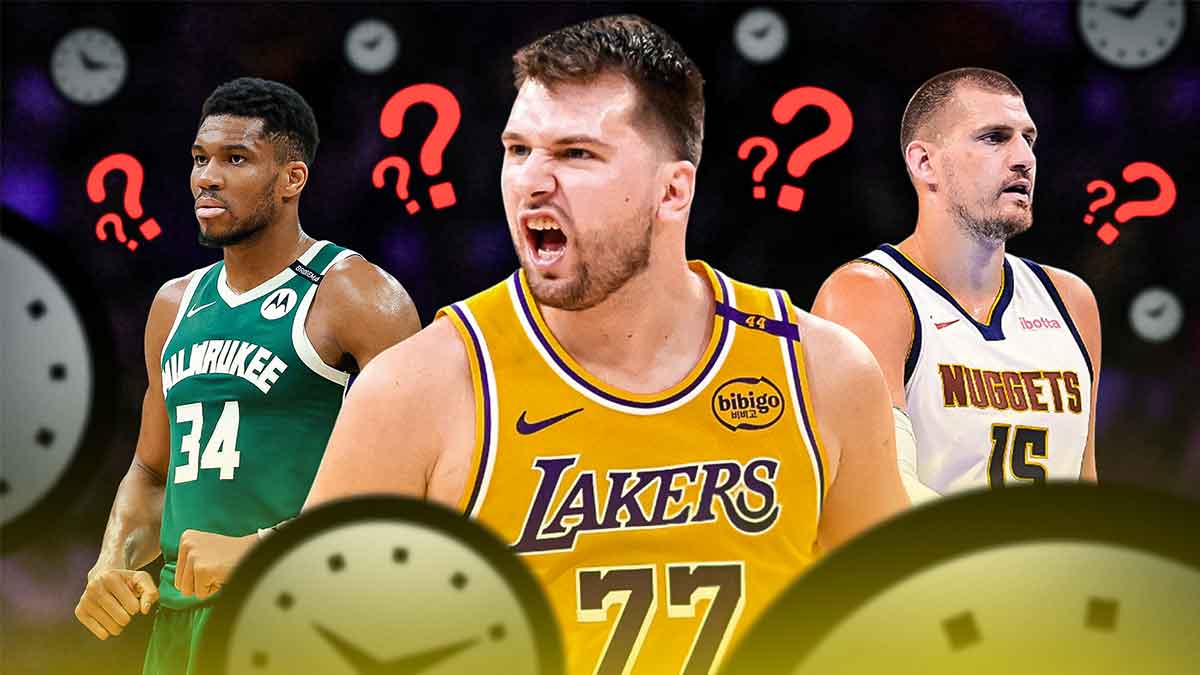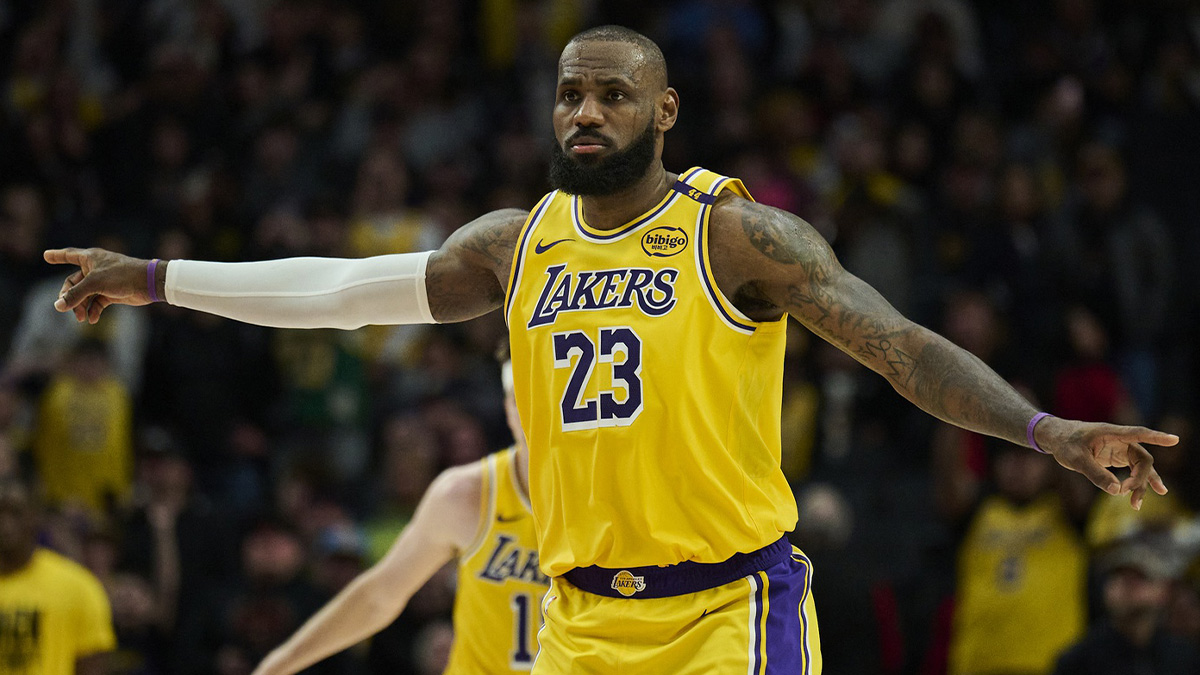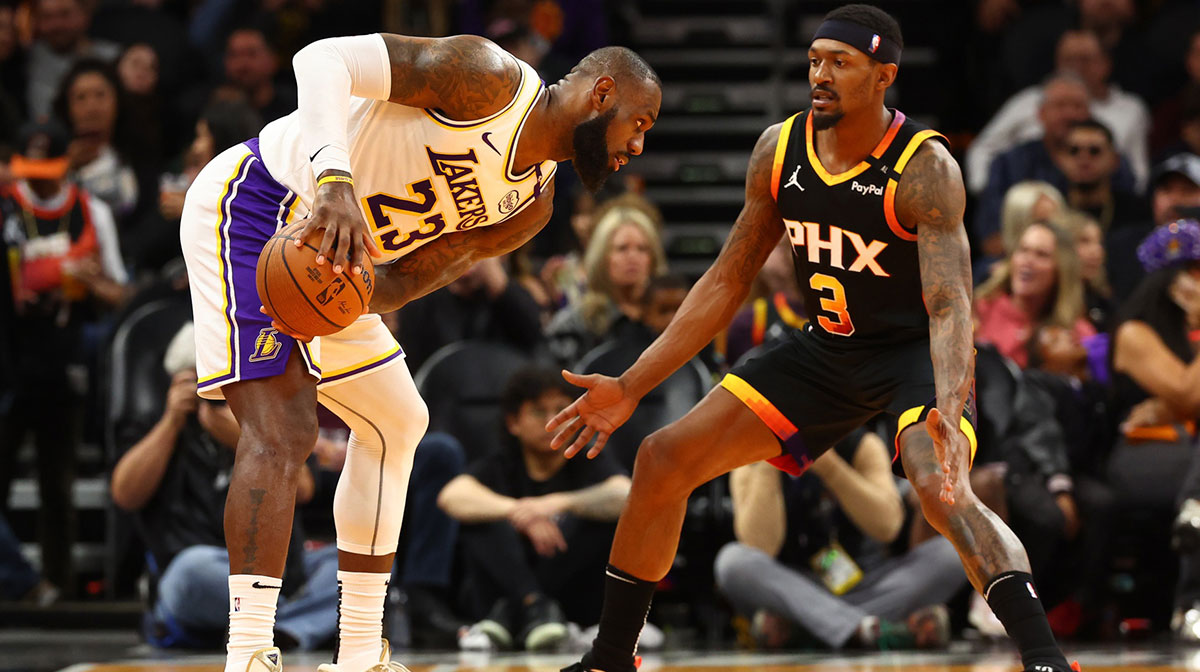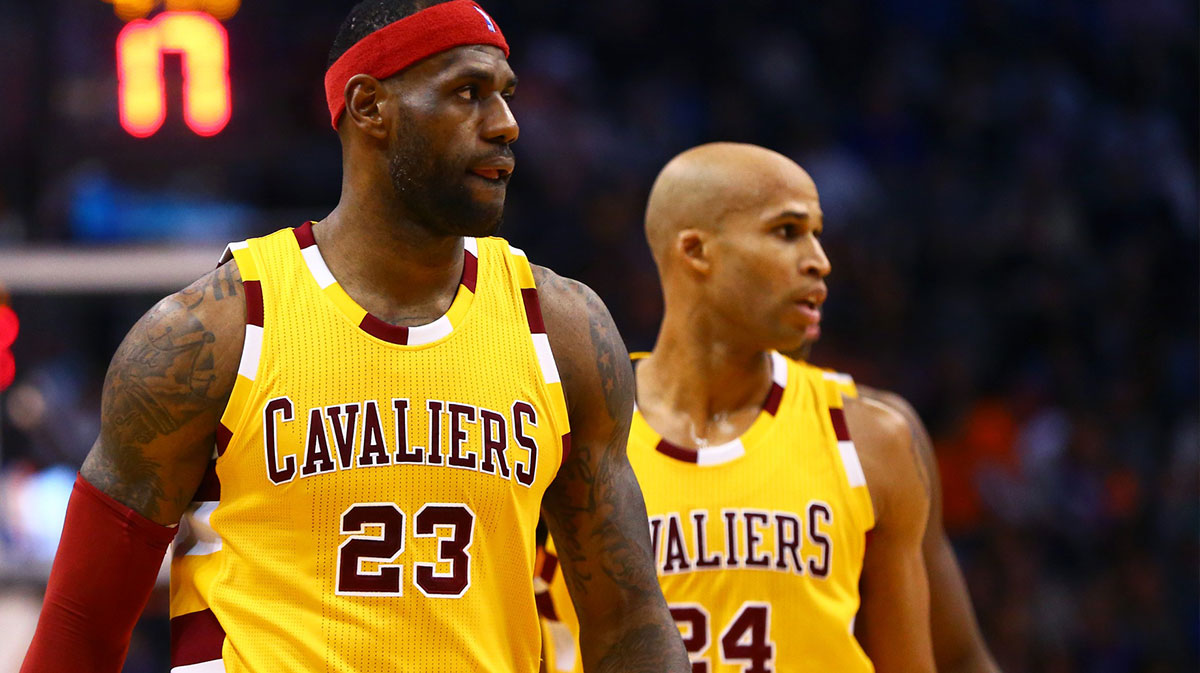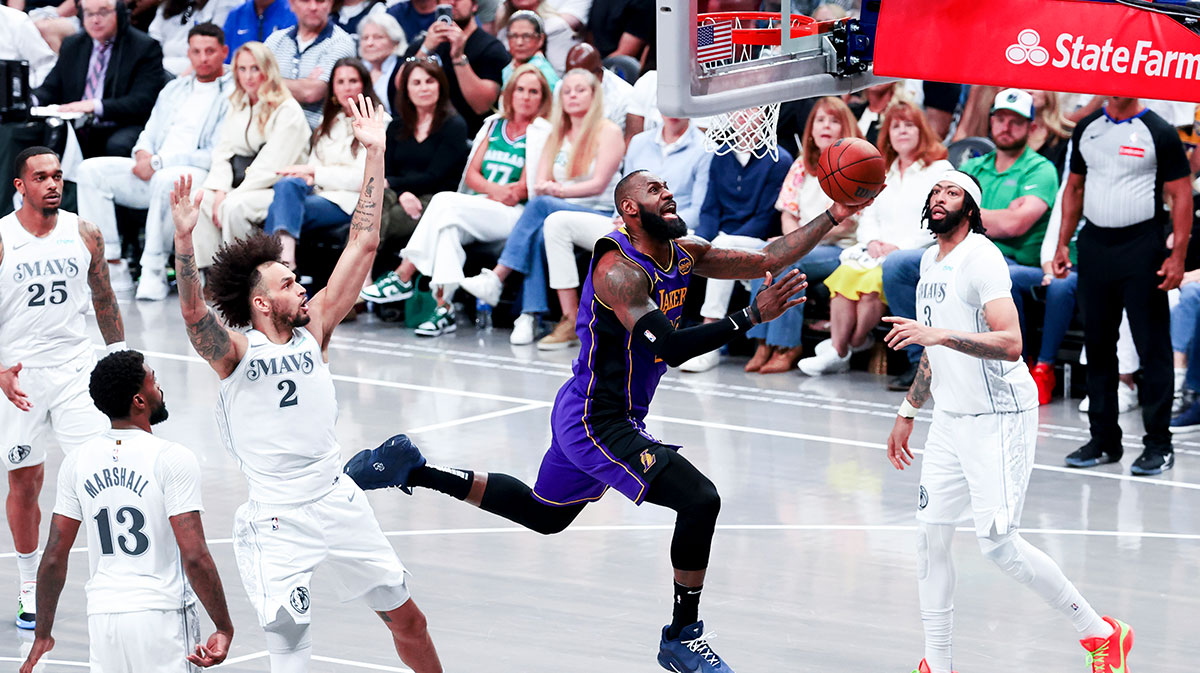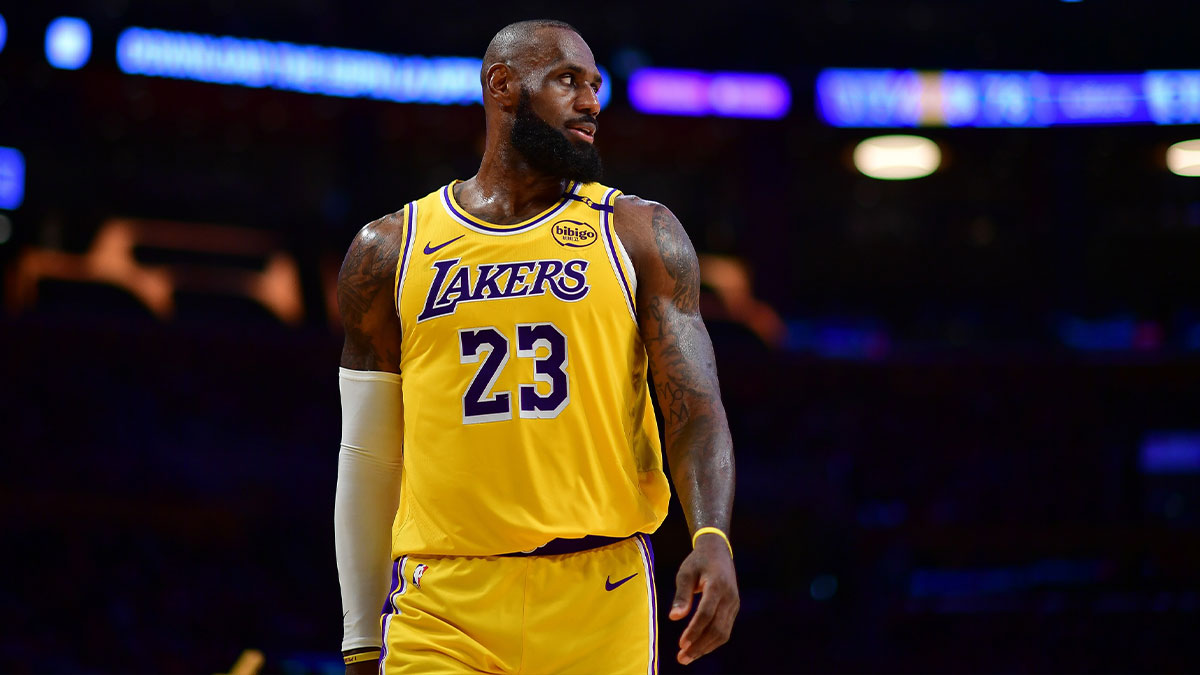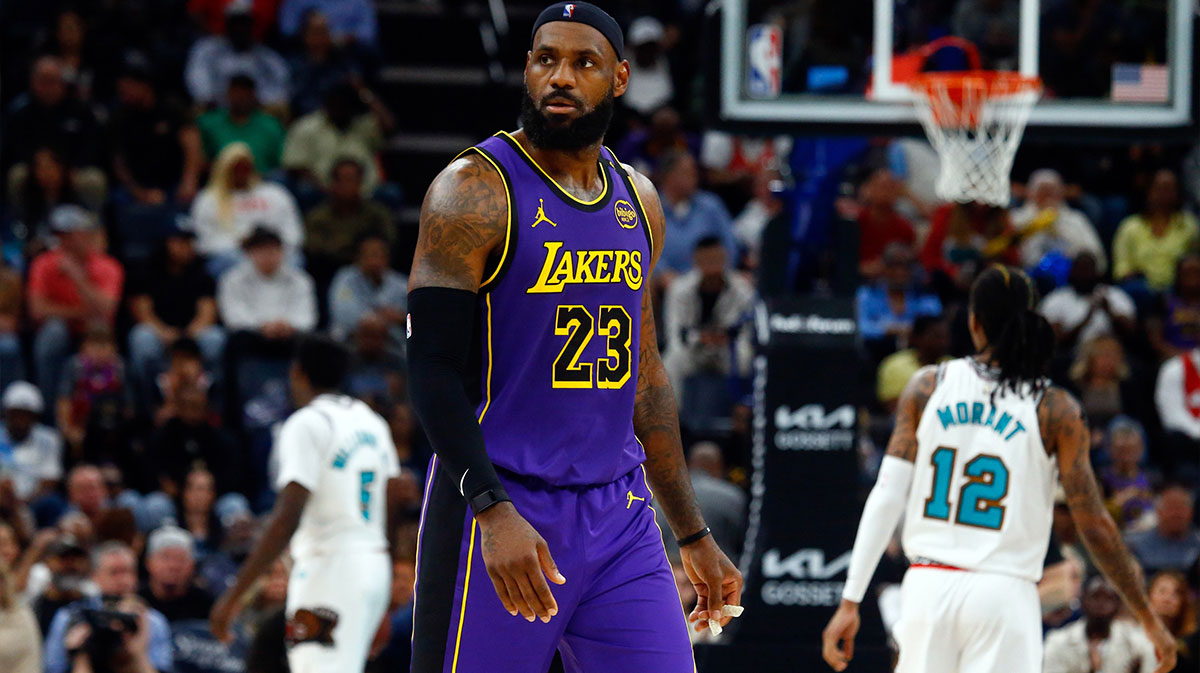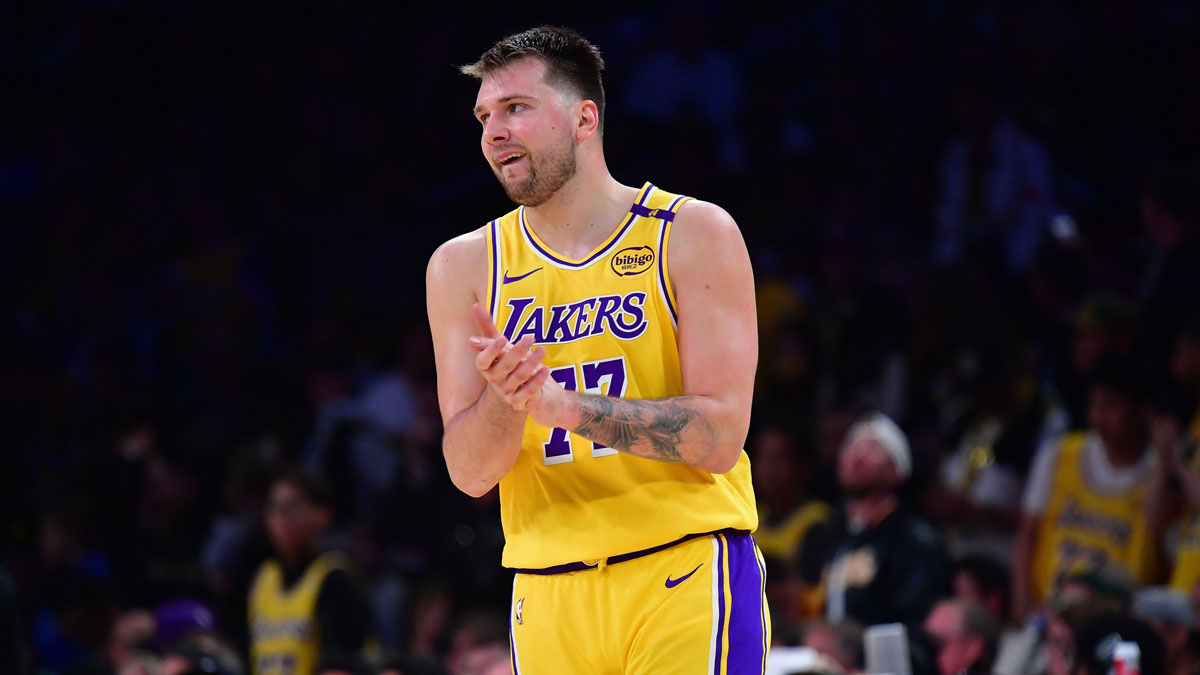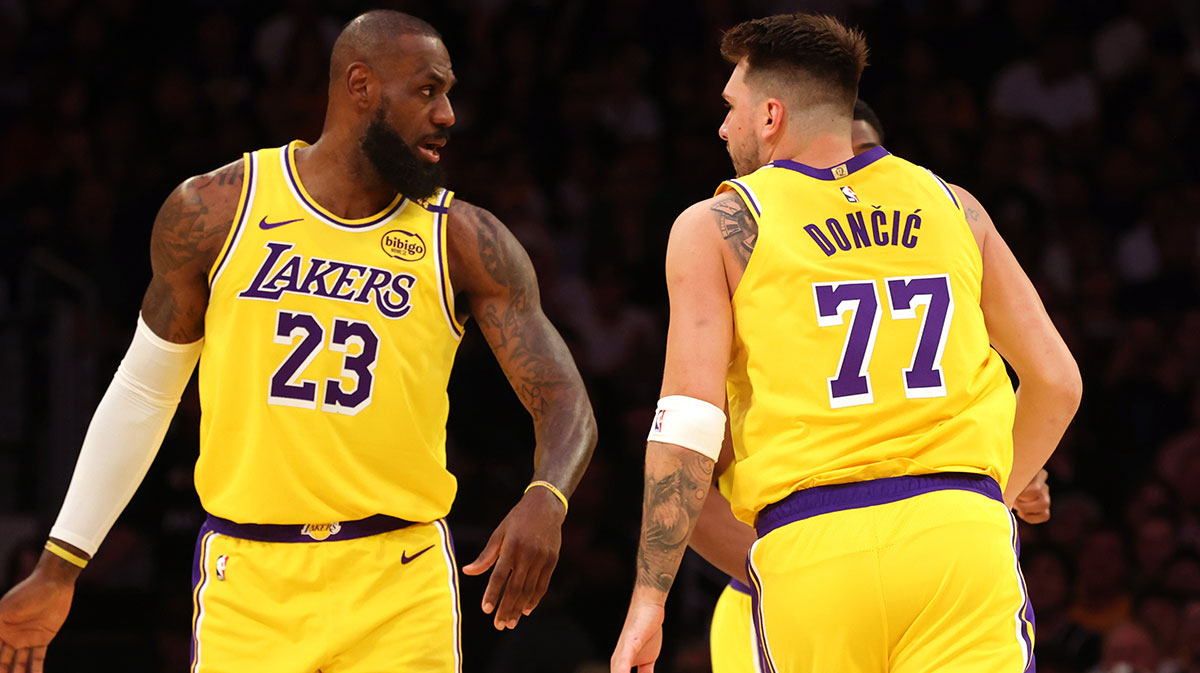Back in April of 2016, soon-to-be Hall of Famer Kobe Bryant played his final game in a Los Angeles Lakers uniform, closing out his iconic, 20-year playing career in the NBA. Although his storied career as one of the best players the game had ever seen had come to an end, Bryant was nowhere near done making an impact off the court.
The five-time NBA champion embarked on a new career with his company Kobe Inc. resulting in various investments and an Academy Award-winning animated short about his life. Bryant didn't stop there as he chose to team up with legendary photographer Andrew Bernstein on a book like no other, “The Mamba Mentality: How I Play.”
The Lakers photographer took some time out his schedule to speak with ClutchPoints this week about how his collaboration with Bryant came together and what it was like covering him throughout the superstar's entire 20-year career in purple and gold.
Ryan Ward: How did this book with Kobe Bryant come together?
Andy Bernstein: Kobe and I go back to his rookie year. We had a really great relationship over a 20-year span. I was really embedded with the Lakers through being the team photographer and also an NBA photographer throughout all that time.
He knew he could trust me and let me into his inner sanctum. I was able to get a lot of access where I was able to photograph private workouts and all kinds of things like that which could really document his amazing 20-year career, so he and I met after he retired. I presented an idea about doing a book to him. He liked the idea of collaborating on a book. He wanted to do a book his way which was the end result being this book Mamba Mentality where he lets fans really into his mind and how he thinks and how he thought as a player and how he continues to think today.
RW: What was the experience like taking pictures of Kobe throughout his entire 20-year career?
AB: It was always fun. It was always a challenge. Young Kobe was a dunk machine back in the day and that was always fun trying to get those great dunk photos. Seemed like always getting one, two, or three a game back in those days. Trying to really document his athleticism, love for the game, determination, and fierce attitude. Then of course as he started winning championships to be a part of that. Document two Olympic medals. Everything that went into him being the Mamba, and I took it as a personal challenge to really come away with a body of work after 20 years that I could be proud of and that you could point to and really think that this guy was able to capture me really like no one else could.
RW: Do you have a favorite picture you have taken of Kobe Bryant?
AB: My favorite photo of him is probably the one of him in the locker room in Madison Square Garden in 2010. Not an action shot. Not a dunk. He's not holding a trophy or getting sprayed with champagne or a gold medal around his neck or anything.
It was just such an amazing moment that really summed up who he is. He was in the locker room in the Garden before back-to-back games. He played in Cleveland the night before. His ankles were beat up. His finger was busted. Any other player would probably try to take that game off with a back-to-back situation, but he knew that he had to play that night.
He wasn't going to let his body let him down. He loved playing in the Garden which he always called the mecca of basketball and I just happened to catch a moment where he's sitting at his locker. He's icing his ankles. Icing his bad finger. He's meditating kind of willing himself to get out there and perform at the level that everyone else expected of him more so he expected of himself. It was a true fly-on-the-wall moment. One that I kind of pride myself on as one of my fortes. It's what I do.
So I love that picture. There are a few others, but that one, if I had to point to one, that would probably be it.
RW: Weren't his fingers in a coffee cup getting iced in that picture?
AB: Yeah. His broken right pointer finger was icing in the coffee cup of ice. So he was fully engulfed in ice at the moment.
RW: What photo do you think defines Kobe Bryant the most?
AB: To me that picture [icing at his locker] defines him. It shows his will his desire. Determination and focus. His ability, as he describes the Mamba Mentality as complete focus on what he's doing at the moment. Whether he's meditating or getting ready for a game or recovering from an injury or in the fits of the game or during the anthem or whatever it is. And the Mamba Mentality is a true mindset that he adopted and perfected over time.
So that picture says a lot about all of that to me. Of course, there's some great action shots along the way. Great dunks. Great championship moments. So I think it's a combination of a few different shots that kind of sums up his career, but that one kind of speaks to everything as far as I'm concerned.
RW: You explained to me the beauty of the shot you got with Phil Jackson and Kobe embracing after the Lakers won the title in 2009. Talk about what you saw there.
AB: The Lakers won the championship in 2009 in Orlando. All hell was breaking loose on the court. My job is to go during the chaos and pandemonium on the court to the star player which I do. I did in that case. Phil and Kobe were embracing at the time with a big hug and I knew in the back of my head to wait until they break the embrace. Hopefully, there will be a picture in that moment. That millisecond and there was. They broke the embrace and Phil's got this paternal look on his face of congratulations. You know, job well done, kid. Kobe has a mixture of relief, exhaustion, satisfaction, accomplishment, and it is a very poignant photo. It's a very poignant photo to me as a photographer and a parent. You kind of see a father-son thing going in that photo, so I love that picture. It's one my favorites.
RW: What was it like covering the Showtime Lakers in comparison to Kobe-Shaq and now LeBron James?
AB: I'm really fortunate that this is kind of my fourth era of Lakers that I've covered in almost 40 years. I came in during the Showtime era when it started. Photographed that whole era which was fantastic. It was kind of the beginning of my career. It got my career off the ground. I was there for so many great moments. Beating the Celtics in '85 for the championship. All the Bird-Magic matchups and the great Celtic-Laker matchups and the playoffs and everything that went on and all the personalities involved.
Then we kind of got into the Shaq-Kobe era which was also phenomenal in a different way. The three championships with Phil being the head coach and that led into the Kobe only era I guess you'd call it. Kobe winning those two championships in 2009 and 2010. Carrying the team on his back also with Phil at the helm, and now it's the fourth era of Lakers with LeBron. I think I can truly call it an era because I think LeBron over 15 years has earned that. He's a player that comes around maybe once or twice in a lifetime. It's incredibly fortunate he's crossing my path at this point in my career. I hope I can document him and give service to his time with the Lakers the way I have the other guys.
RW: Of all the athletes you've photographed over the years, who was the most compelling?
AB: I would honestly have to say Kobe is the most compelling athlete I've ever photographed in any sport. Only because he's so multifaceted. There's so much to his personality to his game that was left kind of a mystery to the public even to the media and in some ways to his teammates and opponents.
I was very fortunate to be let into that inner sanctum of private workouts and things he did off the court. Even his state of mind. Things he was thinking, so when we started putting this book together we would literally give him prints like 8×10 prints and ask him to write down on the photo itself what he was thinking in the moment or what his mindset was or how he breaks down that photo. So you'll see a bunch of photos in the book where he's actually written on the photo. He's drawn diagrams. He's drawn arrows. He wants you to see where his positioning was as opposed to his opponent. Talked about what he was thinking be it a teammate or coach or opponent.
It's a true deep-dive into the Mamba Mentality that's never been done before and what makes it incredibly special is that it is in his own words. It's not like he told it to somebody or somebody thought they could take it upon themselves to describe what the Mamba Mentality was. No, this is Kobe telling us exactly what it was what it is and continues to be now that he isn't playing anymore. He still lives his life and his business career with that same Mamba Mentality. It's pretty mindblowing.
RW: You have a podcast that you're currently doing, correct?
AB: I do. I have a podcast called Legends of Sport. You can find it on Apple Podcasts or wherever you get your podcasts. It's a weekly podcast where I sit down with an iconic athlete or retired athlete or somebody around sports who has accomplished a great deal. We kind of take a look behind the curtain of their career. What made them tick. What message they want to get out.
It's been really fascinating for me. I've talked to athletes and people around every game of sport pretty much across the board. We just finished our first season. We're taking a little break while the NBA season starts up and then I'll come back strong with season two probably around the first of the year, but stay tuned for a couple of specials. I can't really say what they'll be. I don't want to publicize it yet, but if you go on Legends of Sport on our Instagram (@LegendsOfSport) or our Twitter (@LOSPodcast1) we'll be sending out alerts. Please follow us on Instagram as well as my personal Instagram which is @ADBPhotoInc.

